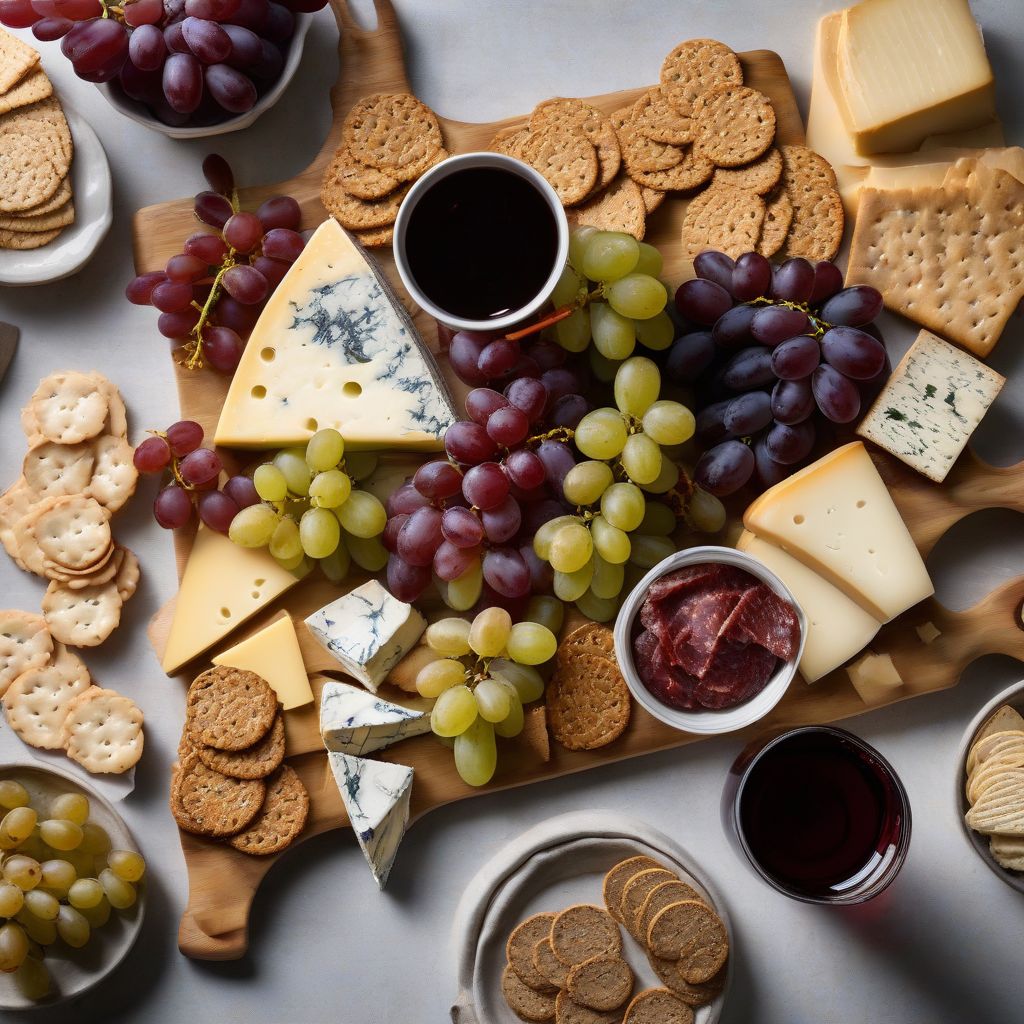Have you ever been to a wine tasting, excited to sample the array of flavors, only to be overwhelmed by the seemingly endless combinations of wine and food? The perfect pairing can elevate both the wine and the dish, creating a symphony of taste in your mouth. It’s an art, for sure, but don’t worry, it’s also a science you can easily master with a few simple tips. Let’s unlock the secrets of wine pairing and ensure your next tasting is an unforgettable culinary journey.
Understanding the Basics: It’s All About Balance
The fundamental principle of wine pairing is finding harmony between the components of the wine and the food. This doesn’t necessarily mean matching identical flavors but rather aiming for a balance of taste sensations:
- Sweetness: Sweet wines pair well with spicy or sweet foods. Think Riesling with Thai cuisine or a late-harvest dessert wine with a fruit tart.
- Acidity: High-acid wines cut through rich, fatty dishes. Picture a crisp Sauvignon Blanc with goat cheese or a zesty Pinot Grigio alongside seafood pasta in a lemon butter sauce.
- Tannin: Tannic wines, like Cabernet Sauvignon, find their match in protein-rich foods. Consider pairing them with grilled steak or aged cheeses.
- Body: Wine body refers to its weight and texture on the palate. Light-bodied wines complement delicate dishes, while full-bodied wines stand up to heartier fare.
 Pairing Wine and Cheese
Pairing Wine and Cheese
Tips to Elevate Your Wine Pairing Game
Now that we’ve covered the basics, let’s delve into specific tips to make you a wine pairing pro:
1. Consider the Sauce: It’s More Than Just the Main Ingredient
While the main ingredient plays a significant role, the sauce often dictates the best wine pairing. For instance, a chicken breast with a creamy mushroom sauce might pair better with a Chardonnay, while a chicken breast with a tomato-based sauce might find a more suitable companion in a lighter red like Pinot Noir.
2. “If it Grows Together, it Goes Together”
This classic adage holds true. Regional food and wine pairings often develop organically, reflecting complementary flavors. For instance, a crisp Italian Pinot Grigio beautifully complements seafood risotto, while a Spanish Rioja pairs perfectly with paella.
3. Don’t Be Afraid to Experiment: Taste is Subjective
There’s no one-size-fits-all approach to wine pairing. Personal preference matters! Don’t hesitate to try unconventional pairings. You might discover surprisingly delightful combinations.
4. Cleanse Your Palate Between Tastes
During a tasting, cleansing your palate between wines and food pairings is crucial. This allows you to appreciate the nuances of each new taste without the lingering flavors of the previous one. Water crackers or plain bread serve as excellent palate cleansers.
No products found.
Common Wine and Food Pairing Questions Answered
Q: What wine goes with spicy food?
A: Off-dry or sweet wines, such as Riesling, Gewürztraminer, or a slightly sweet Rosé, are excellent choices for spicy dishes. Their touch of sweetness helps to temper the heat.
Q: What about vegetarian or vegan dishes?
A: Lighter-bodied reds, like Pinot Noir or Gamay, often work well with earthy flavors found in many vegetarian dishes. For vegan cuisine, consider a crisp Sauvignon Blanc, a dry Rosé, or even a sparkling wine.
Q: Any tips for pairing wine with cheese?
A: Soft cheeses often shine with crisp whites like Sauvignon Blanc, while hard, aged cheeses find a friend in full-bodied reds like Cabernet Sauvignon. For blue cheese, consider a sweet wine like Port.
Cheers to Delicious Discoveries!
Wine and food pairing is an enjoyable exploration. Remember, the most important rule is to enjoy the experience. Experiment, trust your palate, and don’t hesitate to seek recommendations from sommeliers or experienced wine enthusiasts. Each tasting is an opportunity to learn, discover new favorites, and elevate your culinary journey. So, gather your friends, open a bottle of your favorite wine, and savor the delightful synergy of flavors!
